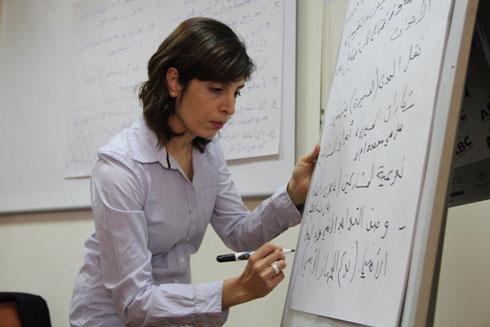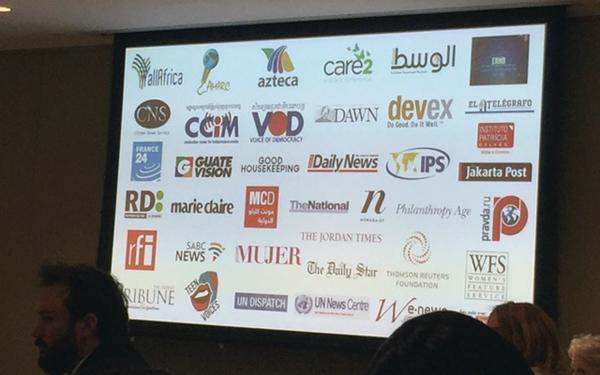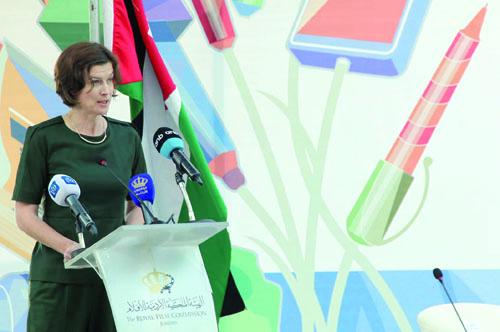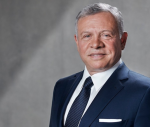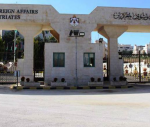You are here
Gender balance gap 'acute' in Jordanian media — study
By Rana Husseini - Jun 28,2018 - Last updated at Jun 28,2018
AMMAN — A local media outlet and a UN agency on Wednesday revealed the results of an assessment titled "Gender Portrayal in the Jordanian Media", which aims to foster gender balance in media content.
Conducted by local media organisation 7iber, in collaboration with UNESCO Amman Office, the assessment examined gender representation in news and current affairs content, according to 7iber Executive Editor Lina Ejeilat.
“This was done through monitoring a representative sample of the Jordanian journalistic content, particularly news and current affairs,” Ejeilat told reporters at a press conference in Jabal Luweibdeh.
Senior researcher Sawsan Zaidah, who worked on the assessment alongside other researchers and experts, said that the assessment included monitoring and analysing media samples from a gender perspective, both quantitatively and qualitatively.
The monitored media sample, which was selected over the third week of December 2017 until the end of March, represents the diversity of the Jordanian media, according to Zaidah.
“The sample includes 22 media outlets; print, broadcast and online, from both the public and private sectors, with wide outreach covering different governorates across Jordan,” she noted, highlighting that "the study found that the gender balance gap that characterises various life spheres in Jordan is manifested acutely and sharply at the level of media, in private and public sectors, print, broadcast and online".
“This is revealed in numbers demonstrating that the percentage of women’s appearance in such media does not exceed 9 per cent, while the appearance of men reaches 91 per cent,” Zaidah continued.
Women’s presence on TV and news websites did not exceed 6 per cent, despite their remarkable presence as broadcasters on TV channel screens, she pointed out.
In comparison, Zaidah maintained, women’s presence on radios was the highest, reaching 13 per cent, followed by newspapers and the Petra News Agency, with 10 per cent.
The researcher revealed that the assessment “did not detect any stereotyping of women during the monitoring period”.
“This originated from the fact that most of the inspected material was reports and news programmes — a large part of which lacked the presence of humans, while focusing only on data, such as economic news related to local macroeconomic indicators,” Zaidah explained, stressing however that "this does not at all mean that local media outlets are void of stereotyping of gender roles especially those related to women".
“When going back to the archive of the same media outlets during periods prior to the time period specified for the study, or when monitoring journalistic materials that are not within the selected sample, we found clear examples in all media agencies where most household programmes such as cooking, family and baby caring, beauty etc address women exclusively,” she stressed.
The assessment was supported by UNESCO’s International Programme for the Development of Communication (IPDC), according to a press release by 7iber.
The IPDC is the only multilateral forum in the UN system designed to mobilise the international community to discuss and promote media development in developing countries, the press release said.
Related Articles
AMMAN — Journalistic work regularly entails uncovering cases of gender discrimination, gender pay gap or sexism at work; and for the female
AMMAN – UN Women on Tuesday launched in New York an innovative partnership with leading media houses to galvanise attention and concrete act
Media freedom in Jordan faces several restrictions and challenges, experts said Sunday, as the government said self-censorship among journalists has witnessed a steep decline.


